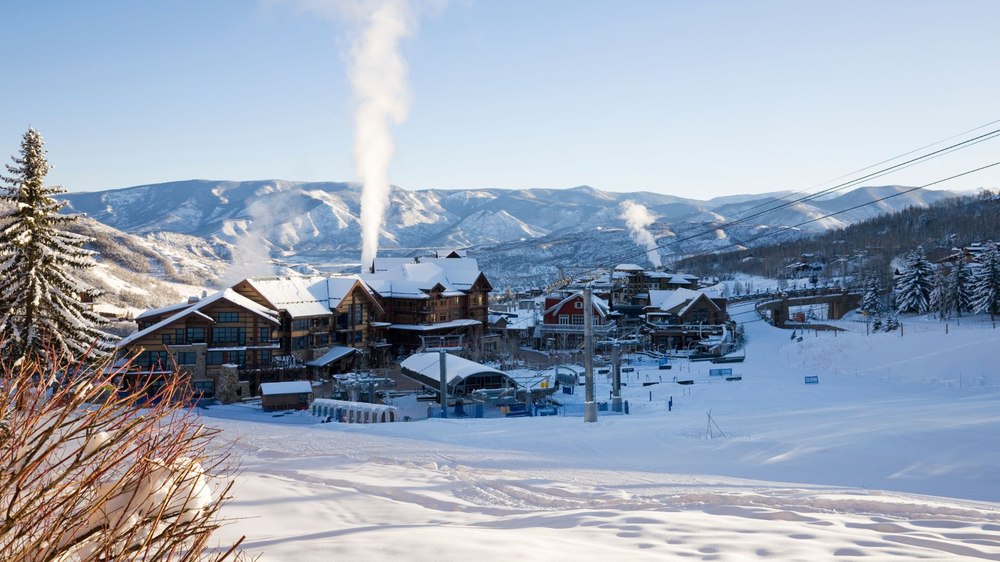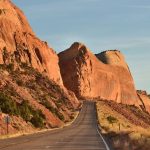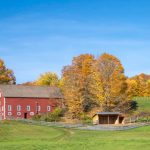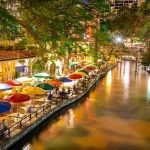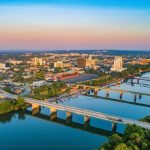America’s Best Places To Ski In The US stretch from Colorado’s towering peaks to Vermont’s rolling mountains. Vail offers legendary back bowls, while Jackson Hole challenges experts with Corbet’s Couloir. Telluride hides pristine runs in a box canyon, and Park City hosts world-class terrain just minutes from Salt Lake City.
Keep reading as we uncover the finest US ski destinations—from powder havens to groomed perfection—that will elevate your winter adventures.
List of Contents
- 1. Jackson Hole: Where Legends Are Made
- 2. Vail: America's Alps
- 3. Telluride: Hidden in Plain Sight
- 4. Aspen Snowmass: Four Mountains, One Experience
- 5. Park City: Olympic Legacy
- 6. Big Sky: Montana's Wide Open Secret
- 7. Palisades Tahoe: Lake Views and Steeps
- 8. Deer Valley: Groomed to Perfection
- 9. Breckenridge: Above the Treeline
- 10. Snowbird: Steep and Deep
- 11. Sun Valley: America's First Destination Resort
- 12. Killington: East Coast's Beast
- 13. Mammoth Mountain: California's Powder Paradise
- 14. Keystone: Night Skiing Pioneer
- 15. Winter Park: Colorado's Favorite
- Your Next Adventure Awaits
1. Jackson Hole: Where Legends Are Made
Jackson Hole owns 4,139 vertical feet and terrain that humbles even seasoned skiers. Corbet's Couloir drops straight down—a mandatory air time that separates the bold from the cautious.

The mountain gets 459 inches of snow annually. Locals know the Hobacks deliver the deepest powder days, often untracked hours after the storm clears.
You'll find Jackson Hole less crowded on weekdays. The village below offers everything from cowboy bars to world-class dining.
Quick Facts:
- Peak Season: December – March
- Getting There: Jackson Hole Airport (JAC)
- Lift Tickets: From $219
- Suggested Stay: 4-5 days
- Notable Areas: Corbet's Couloir, The Hobacks, Rendezvous Bowl
2. Vail: America's Alps
Vail spreads across three faces with 5,289 acres of skiable terrain. The back bowls open your world to wide-open powder fields that seem to stretch forever.
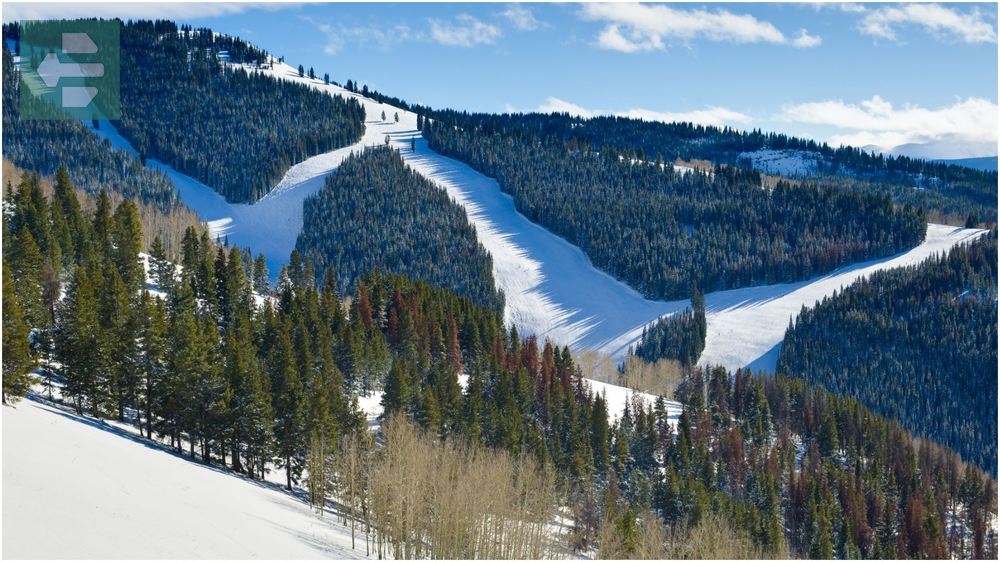
Blue Sky Basin offers tree skiing through perfectly spaced glades. When the snow falls heavy, head to China Bowl before the crowds discover it.
The village recreates European charm with heated walkways and mountain views that photographers dream about.
Quick Facts:
- Peak Season: December – April
- Getting There: Eagle Airport (EGE) or Denver (DEN)
- Lift Tickets: From $249
- Suggested Stay: 5-7 days
- Notable Areas: Back Bowls, Blue Sky Basin, China Bowl
3. Telluride: Hidden in Plain Sight
Telluride sits in a box canyon at 8,750 feet, surrounded by 13,000-foot peaks. The town maintains an old mining feel where Victorian buildings line the main street.
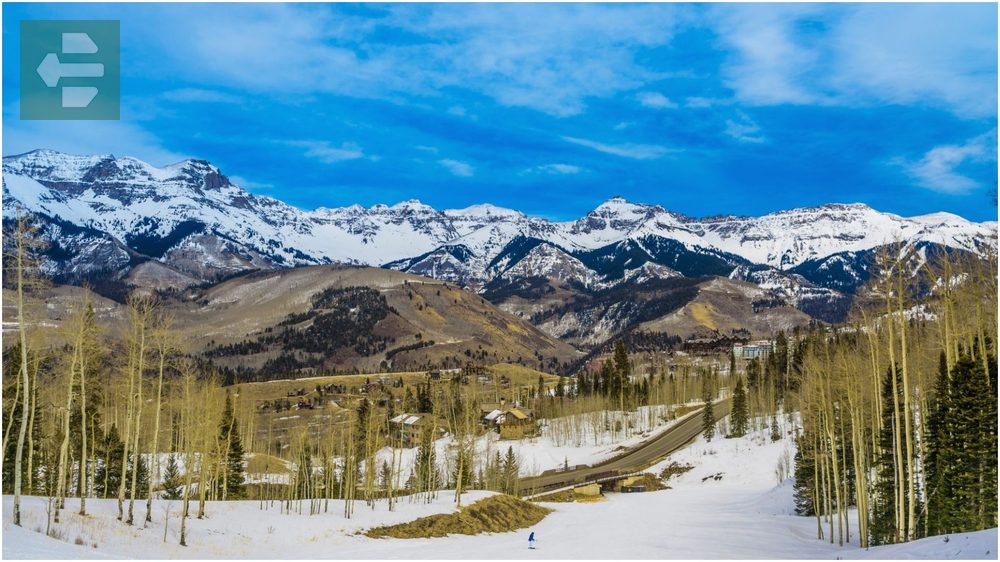
Revelation Bowl opens expert terrain that locals guard like family secrets. The Plunge drops 3,165 feet in under two miles—a heart-pounding descent through varied terrain.
Take the free gondola between Mountain Village and town. It saves parking hassles and offers views that justify the 13-minute ride.
Quick Facts:
- Peak Season: December – March
- Getting There: Telluride Airport (TEX) or Montrose (MTJ)
- Lift Tickets: From $179
- Suggested Stay: 4-5 days
- Notable Areas: Revelation Bowl, The Plunge, Gold Hill
4. Aspen Snowmass: Four Mountains, One Experience
Aspen Snowmass combines four distinct mountains: Snowmass, Aspen Mountain, Aspen Highlands, and Buttermilk. Each offers different character—from Snowmass's family-friendly cruisers to Highlands' challenging steeps.
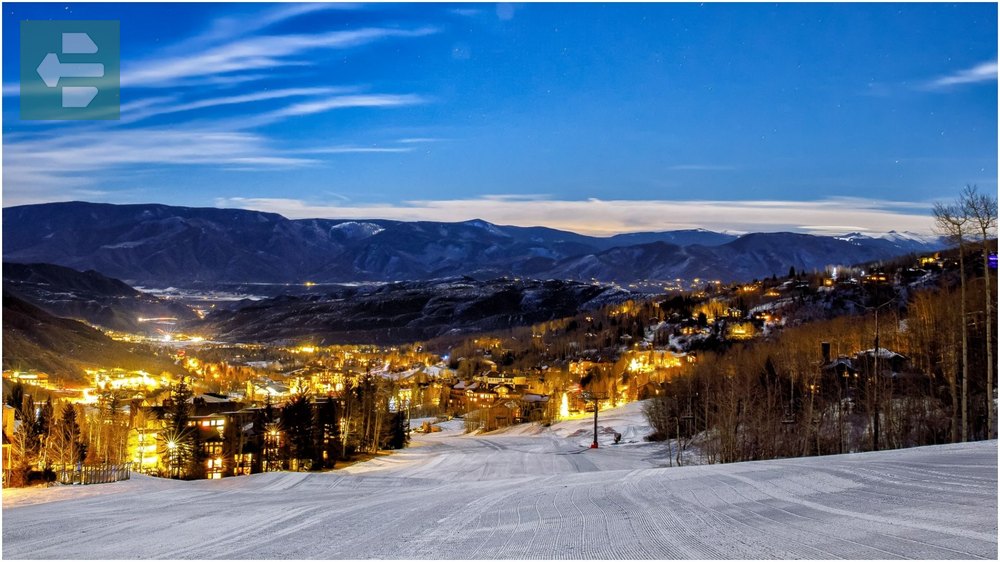
The Cirque at Aspen Highlands rewards hikers with 1,000 feet of additional vertical. Highland Bowl demands respect with avalanche gear required beyond the gate.
Snowmass Village provides ski-in, ski-out convenience without Aspen's premium prices.
Quick Facts:
- Peak Season: December – April
- Getting There: Aspen Airport (ASE) or Denver (DEN)
- Lift Tickets: From $199
- Suggested Stay: 6-7 days
- Notable Areas: Highland Bowl, The Cirque, Snowmass Village
5. Park City: Olympic Legacy
Park City hosted 2002 Winter Olympics events and maintains that world-class standard. The resort spans 7,300 acres across two connected mountains with terrain for every skill level.
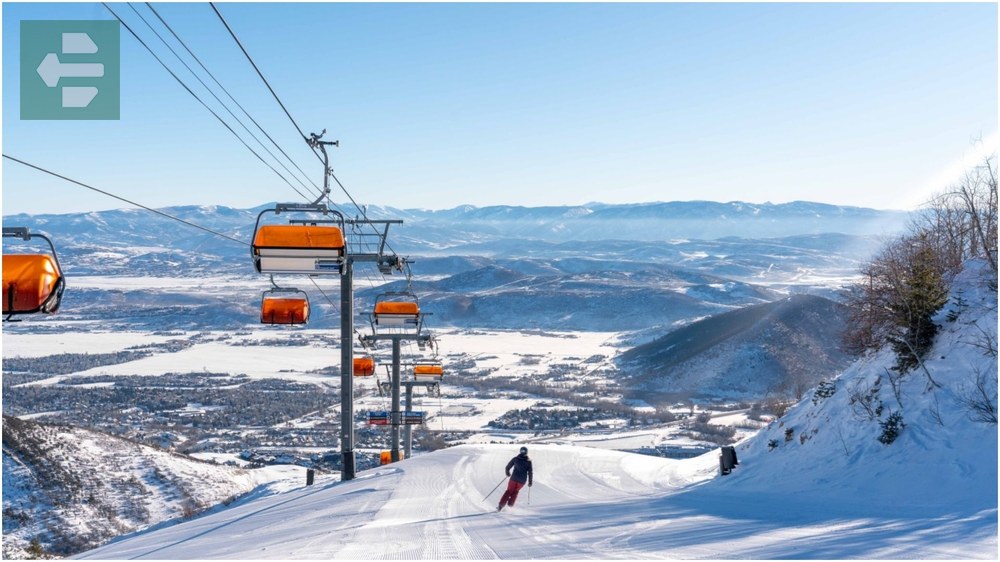
Jupiter Bowl opens advanced and expert terrain accessible by high-speed quad. Locals hit Jupiter first thing—the powder disappears quickly on sunny days.
Historic Main Street sits just minutes from the slopes. The town trolley runs free during winter months.
Quick Facts:
- Peak Season: December – March
- Getting There: Salt Lake City Airport (SLC)
- Lift Tickets: From $159
- Suggested Stay: 4-5 days
- Notable Areas: Jupiter Bowl, The Canyons, Ninety-Nine 90
6. Big Sky: Montana's Wide Open Secret
Big Sky offers 5,850 acres of terrain with an average of eight skiers per acre—meaning you'll find untracked snow hours after storms pass.

Lone Peak's summit reaches 11,166 feet. The tram accesses expert-only terrain that drops from the top in every direction. Big Couloir challenges even expert skiers with mandatory air time.
The base area stays uncrowded compared to Colorado resorts. Locals recommend weekdays for the best powder experience.
Quick Facts:
- Peak Season: December – March
- Getting There: Bozeman Airport (BZN)
- Lift Tickets: From $159
- Suggested Stay: 4-5 days
- Notable Areas: Lone Peak, Big Couloir, Andesite Mountain
7. Palisades Tahoe: Lake Views and Steeps
Palisades Tahoe combines Olympic history with challenging terrain. The resort hosted 1960 Winter Olympics and maintains that competitive spirit across 6,000 acres.
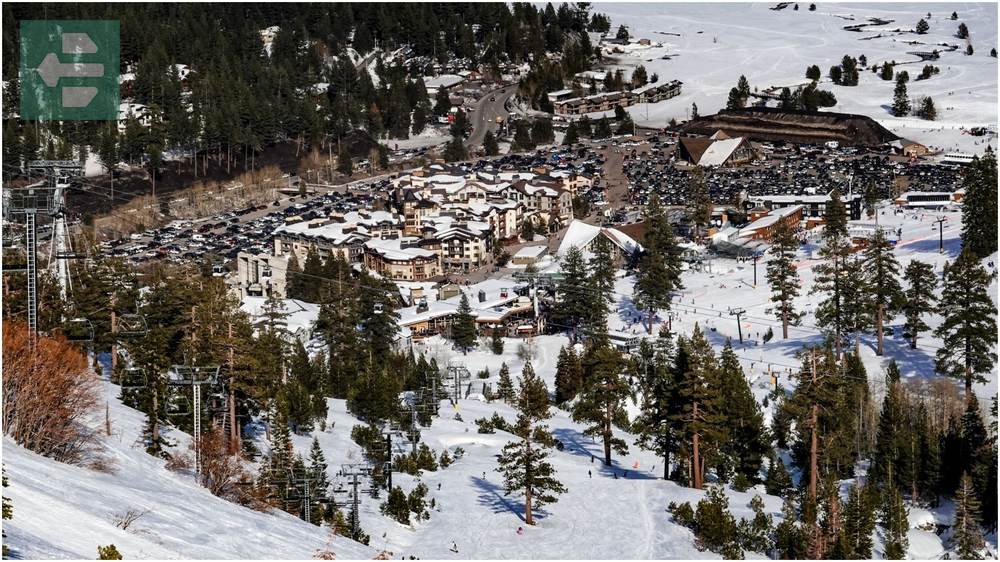
KT-22 opens expert terrain with mandatory cliff drops and narrow chutes. The chair runs only when conditions allow—making every ride feel earned.
Lake Tahoe spreads below like blue glass. On clear days, the views stretch across three states.
Quick Facts:
- Peak Season: December – March
- Getting There: Reno Airport (RNO) or Sacramento (SMF)
- Lift Tickets: From $189
- Suggested Stay: 4-5 days
- Notable Areas: KT-22, Granite Chief, Alpine Meadows
8. Deer Valley: Groomed to Perfection
Deer Valley limits daily skiers to preserve the experience. Every run gets groomed nightly, creating corduroy that carves like butter under sharp edges.
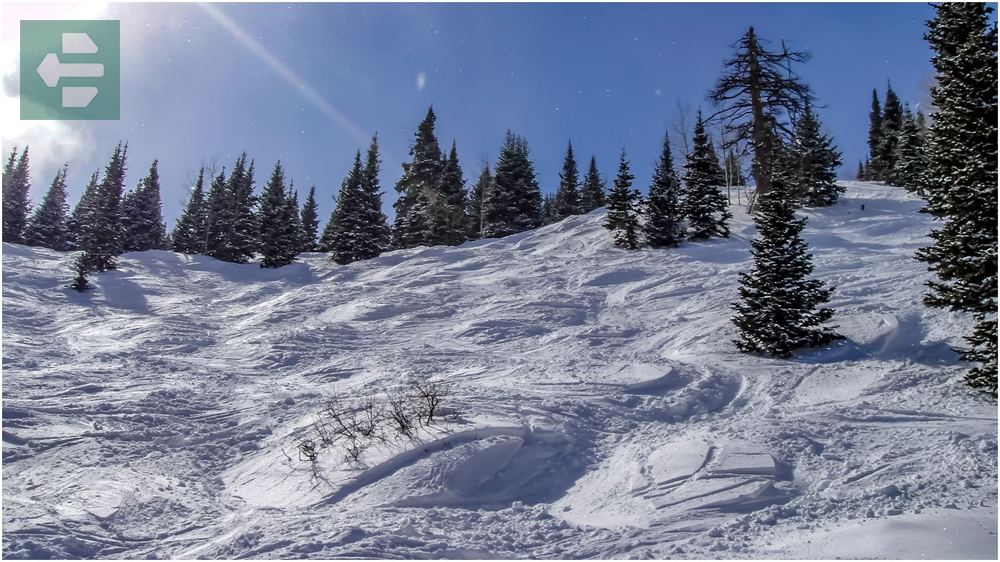
The resort allows skiers only—no snowboarders. This policy maintains the mountain's reputation for wide, perfectly maintained runs.
On-mountain dining rivals fine restaurants. The turkey chili at Silver Lake Lodge has achieved legendary status among regulars.
Quick Facts:
- Peak Season: December – March
- Getting There: Salt Lake City Airport (SLC)
- Lift Tickets: From $179
- Suggested Stay: 3-4 days
- Notable Areas: Empire Canyon, Flagstaff Mountain, Bald Eagle Mountain
9. Breckenridge: Above the Treeline
Breckenridge peaks at 12,998 feet—the highest skiable terrain in North America. Imperial Bowl and Peak 6 offer above-treeline skiing with views across the Continental Divide.
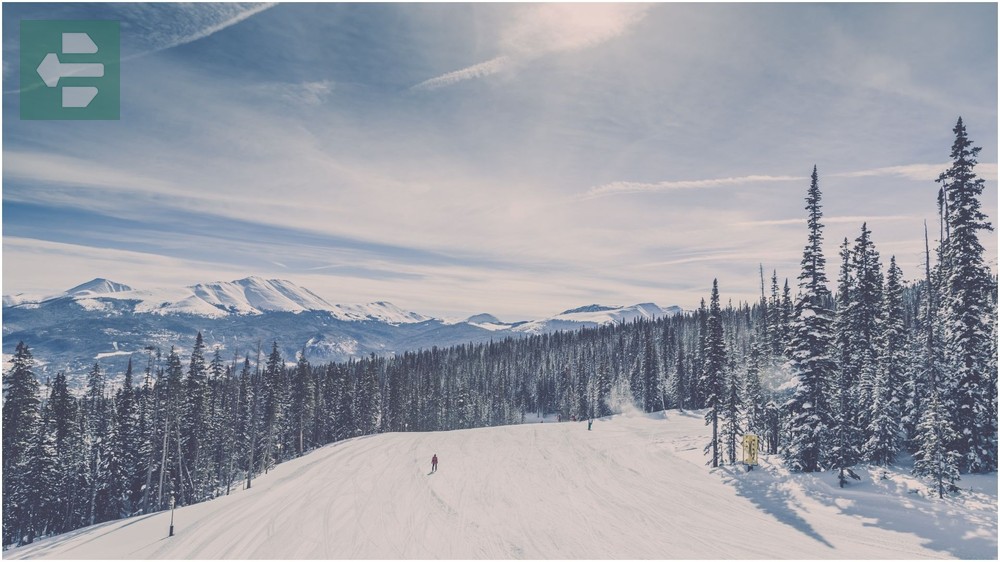
The town sits at 9,600 feet in a historic mining district. Victorian buildings house restaurants and shops along Main Street, creating atmosphere that complements the mountain experience.
T-Bar connects Peaks 7 and 8, opening intermediate terrain perfect for building confidence before tackling the steeper stuff.
Quick Facts:
- Peak Season: December – April
- Getting There: Denver Airport (DEN)
- Lift Tickets: From $199
- Suggested Stay: 4-5 days
- Notable Areas: Imperial Bowl, Peak 6, T-Bar Territory
10. Snowbird: Steep and Deep
Snowbird receives 500 inches of annual snowfall—some of the deepest in the Rockies. The resort's steep terrain and high elevation preserve powder longer than neighboring mountains.
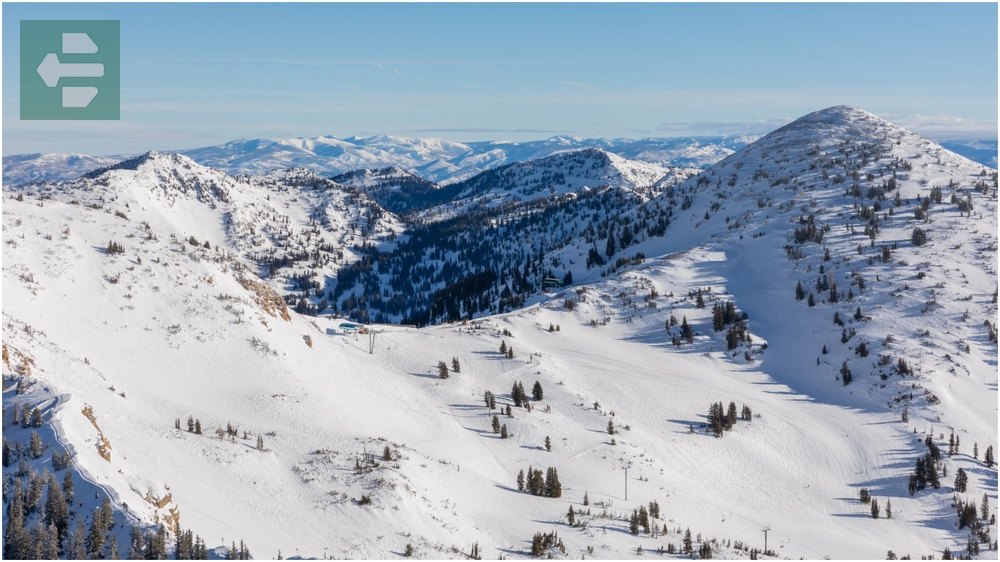
The tram climbs 2,900 vertical feet to Hidden Peak's 11,000-foot summit. From there, everything drops steeply in directions that challenge gravity.
Little Cloud and Great Scott bowls open expert terrain accessible only by traverse. Locals know these areas hold powder days after storms clear the main mountain.
Quick Facts:
- Peak Season: December – April
- Getting There: Salt Lake City Airport (SLC)
- Lift Tickets: From $149
- Suggested Stay: 3-4 days
- Notable Areas: Mineral Basin, Little Cloud, Great Scott
11. Sun Valley: America's First Destination Resort
Sun Valley opened in 1936 as America's first destination ski resort. The mountain maintains that classic feel with a single-seat chairlift still running from the base.

Bald Mountain offers 3,400 vertical feet of primarily intermediate terrain. The runs flow naturally down the mountain face, creating perfect carving opportunities.
The village reflects old Hollywood glamour. Clark Gable and Ernest Hemingway both called Sun Valley home during winter months.
Quick Facts:
- Peak Season: December – March
- Getting There: Sun Valley Airport (SUN) or Boise (BOI)
- Lift Tickets: From $179
- Suggested Stay: 4-5 days
- Notable Areas: Bald Mountain, Dollar Mountain, Christmas Bowl
12. Killington: East Coast's Beast
Killington operates the longest season in the East, often running from October through May. The mountain creates snow aggressively, covering 1,509 acres with reliable conditions.

The Beast of the East lives up to its name with 3,050 feet of vertical spread across six interconnected peaks. Outer Limits drops straight down the fall line—a double-black diamond that humbles overconfident skiers.
Peak weekends bring crowds, but early morning runs reward those willing to wake before sunrise.
Quick Facts:
- Peak Season: December – March
- Getting There: Albany Airport (ALB) or Boston (BOS)
- Lift Tickets: From $119
- Suggested Stay: 3-4 days
- Notable Areas: Outer Limits, Killington Peak, Pico Mountain
13. Mammoth Mountain: California's Powder Paradise
Mammoth Mountain sits at 11,053 feet and receives 400 inches of annual snowfall—impressive numbers for California skiing. The season often extends into July.
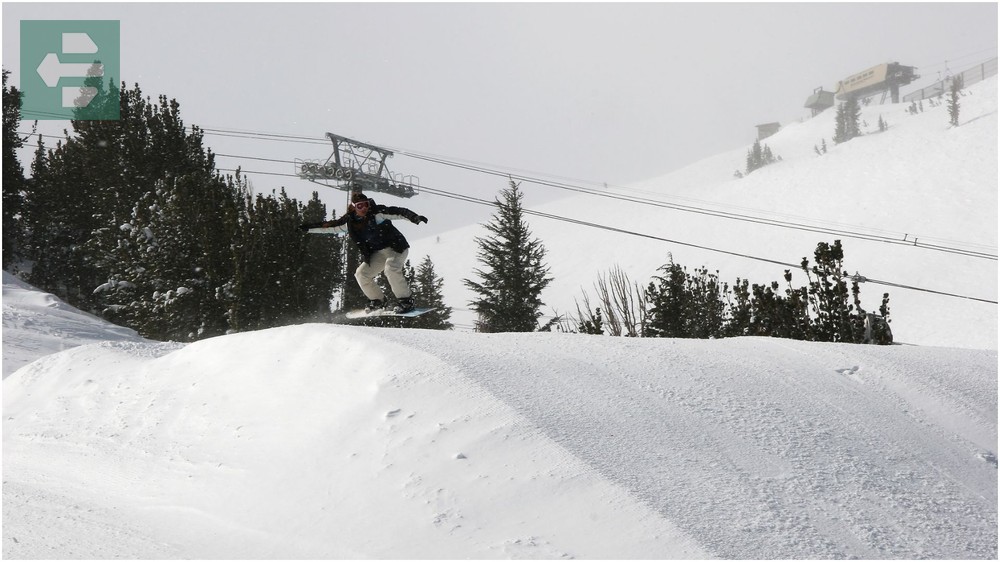
The mountain's volcanic terrain creates natural halfpipes and terrain features. Main Lodge Gondola accesses everything from gentle groomers to expert chutes.
At 6:30 AM on a February morning, I watched the sun paint the Eastern Sierra peaks gold while first tracks awaited below. That moment captured why Mammoth commands respect among serious skiers.
Quick Facts:
- Peak Season: December – March
- Getting There: Mammoth Lakes Airport (MMH) or Reno (RNO)
- Lift Tickets: From $169
- Suggested Stay: 4-5 days
- Notable Areas: Cornice Bowl, Dave's Run, Main Lodge
14. Keystone: Night Skiing Pioneer
Keystone opened night skiing in Colorado and continues operating the largest night skiing operation in the state. The lights transform familiar daytime runs into entirely different experiences.

The Outback opens expert terrain through natural glades and steeper pitches. Locals know the trees hold powder longer than open slopes.
A-51 Terrain Park ranks among the country's best, hosting professional competitions and offering features for every skill level.
Quick Facts:
- Peak Season: December – March
- Getting There: Denver Airport (DEN)
- Lift Tickets: From $179
- Suggested Stay: 3-4 days
- Notable Areas: The Outback, A-51 Terrain Park, North Peak
15. Winter Park: Colorado's Favorite
Winter Park belongs to Denver, making it the city's official mountain playground. The resort offers 3,081 acres across seven territories, from gentle learning slopes to expert-only steeps.

Mary Jane's bumps challenge even accomplished mogul skiers. The runs drop consistently steep through natural terrain that creates perfect mogul formation.
Parsenn Bowl opens intermediate bowl skiing perfect for building confidence before tackling steeper terrain elsewhere.
Quick Facts:
- Peak Season: December – March
- Getting There: Denver Airport (DEN)
- Lift Tickets: From $159
- Suggested Stay: 3-4 days
- Notable Areas: Mary Jane, Parsenn Bowl, Vasquez Ridge
Your Next Adventure Awaits
The best places to ski in the US offer more than just snow and slopes—they provide experiences that transform ordinary winters into unforgettable adventures.
Each mountain tells its own story through terrain that challenges, weather that surprises, and moments that linger long after boots come off.
Pack your skis. Check the forecast. Choose your mountain. The powder is calling, and these fifteen destinations are ready to answer.
